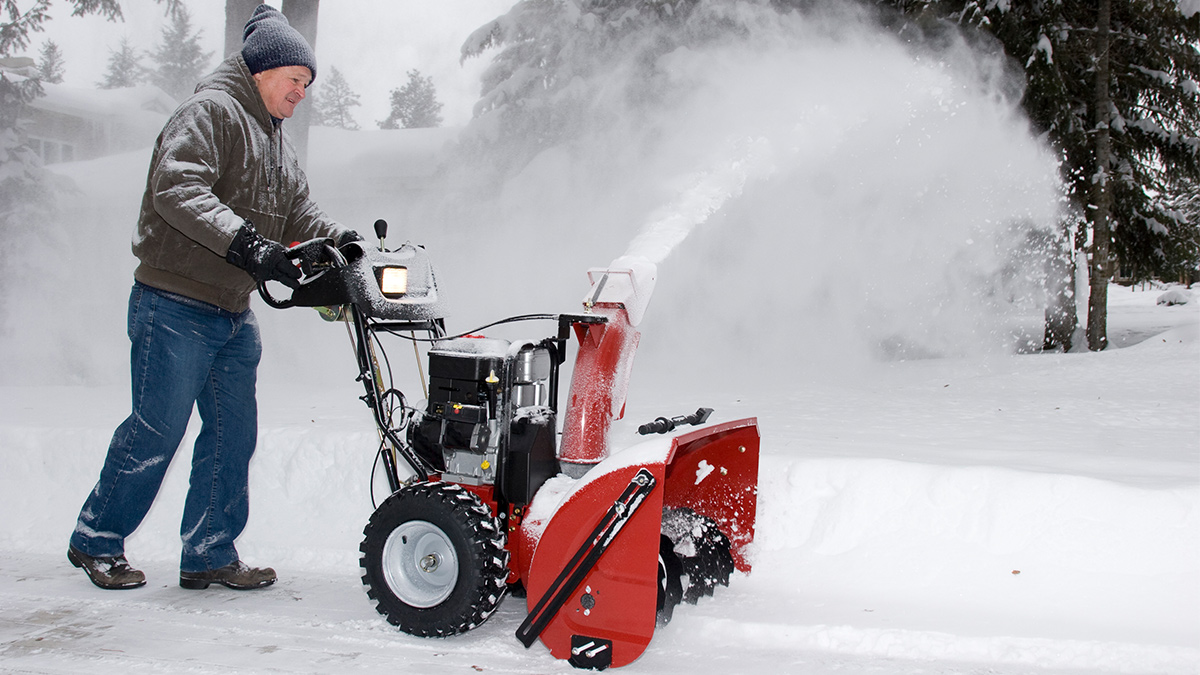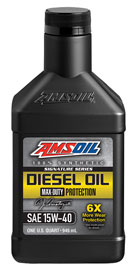What’s the Best Oil for My Snowblower? Using a high-quality, purpose-built oil can provide extra protection for your snowblower’s engine. _by Brad Nelson|November 10, 2023 When a snowstorm hits, you need your snowblower to fire up and help you get the job done. But snowblower engines face unique challenges that can reduce their dependability, horsepower […]
You are browsing archives for
Tag: temperature
Want the Best Diesel Oils for Your Vehic...
Confused About Diesel Oil? We’ll help you Joel Youngman|Jan 31, 2020 8:03 AM Your diesel truck is a serious investment – don’t skimp on protection. AMSOIL manufactures the best diesel oils on the market, providing the ultimate protection for your hard-working diesel engine, preserving the horsepower you crave and keeping you on the road. We […]
How do we define “severe service”?
How do we define “severe service”? When pushing our lubricants to their limits, we sometimes find the limits of the test equipment first. Matt Erickson | TECHNICAL MANAGER – PCLT PRODUCTS AND MECHANICAL R&D One of my responsibilities here at AMSOIL is to help develop tests in our mechanical lab designed to push lubricants to […]


